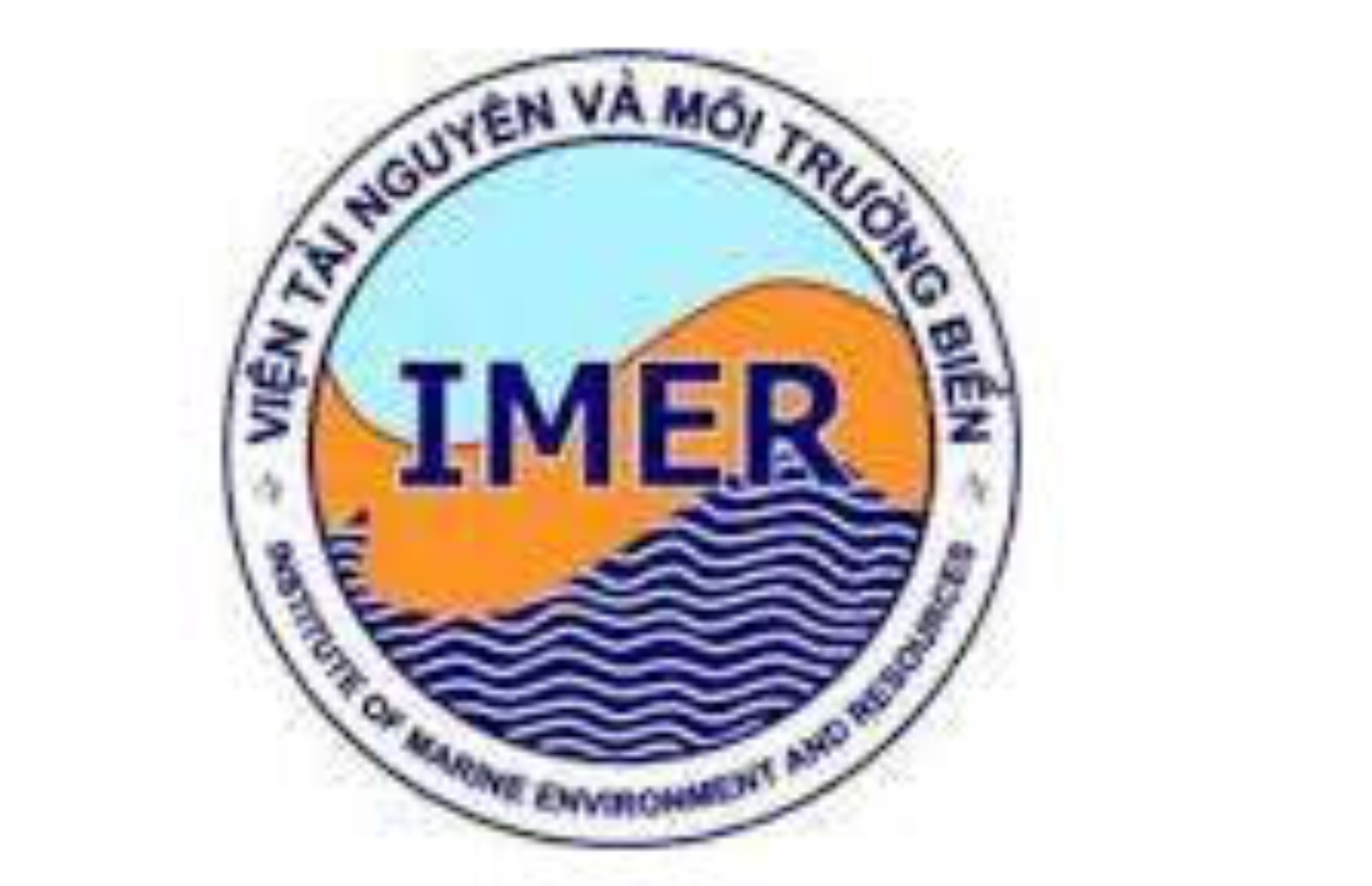CLASSIFICATION AND GENERAL FEATURES OF COASTAL BAYS IN VIETNAM
Author affiliations
DOI:
https://doi.org/10.15625/1859-3097/6/2/6368Abstract
As much as 48 coastal bays (a kind of coastal bodies of water, including bay, embayment, bight and shelter) along the coast of Vietnam down to 30m deep with a total of about 4,000 sp.km in area have been inventoried. These have been known so far to us as "a part of the sea that indents landward or is enclosed at a certain level by islands, in which dynamics of the sea is predominant". The coastal bay system in Vietnam can be distinguished into the 2 degrees in size: (1) bay and embayment (local name: vịnh) with area from 50 km2 and more, and (2) bight and shelter (local name: vũng) with area less than 50 km2. Though transitional in morphology to the river mouths (delta, estuary and liman) and coastal lagoons, these are different in the interaction between endogenous and exogenous processes, original formation and evolution from them. Morphology of coastal bays is a result of the development of two relief groups: one is inheritable and little influenced by marine processes while the other is constituted by them. The morpho - structure of bays is largely dependent on geological structures and endogenous geodynamics of the coast, and composed of shore, cape, basin, entrance, frontal or inner islands. Sediment environments are diverse but poor in sediment supplies with inherently coarse materials and different in the predominant dynamics of waves from tides. A coastal bay is not always correspondent an ecosystem but contains a series of ecosystems. Most of the coastal bays have salt and clean water and a little change in the bedform and therefore, their ecosystems are stable or slow at succession and have a high biodiversity, especially that of coral reef, mangrove, seagrass bed and hard bottom ecosystems. Formed in Holocene, coastal bays can be distinguished into 3 groups: the group of steadily narrowed bays (the most common), the group of relatively stable bays and the group of steadily enlarged bays. At first, embayments are common and then changing into steadily narrowed, shallowed and slowly planed baysDownloads
Download data is not yet available.
Metrics
Metrics Loading ...
Downloads
Published
29-06-2006
How to Cite
Thanh, T. D., Cu, N. H., Vuong, B. V., & Anh, N. T. K. (2006). CLASSIFICATION AND GENERAL FEATURES OF COASTAL BAYS IN VIETNAM. Vietnam Journal of Marine Science and Technology, 6(2). https://doi.org/10.15625/1859-3097/6/2/6368
Issue
Section
Articles









